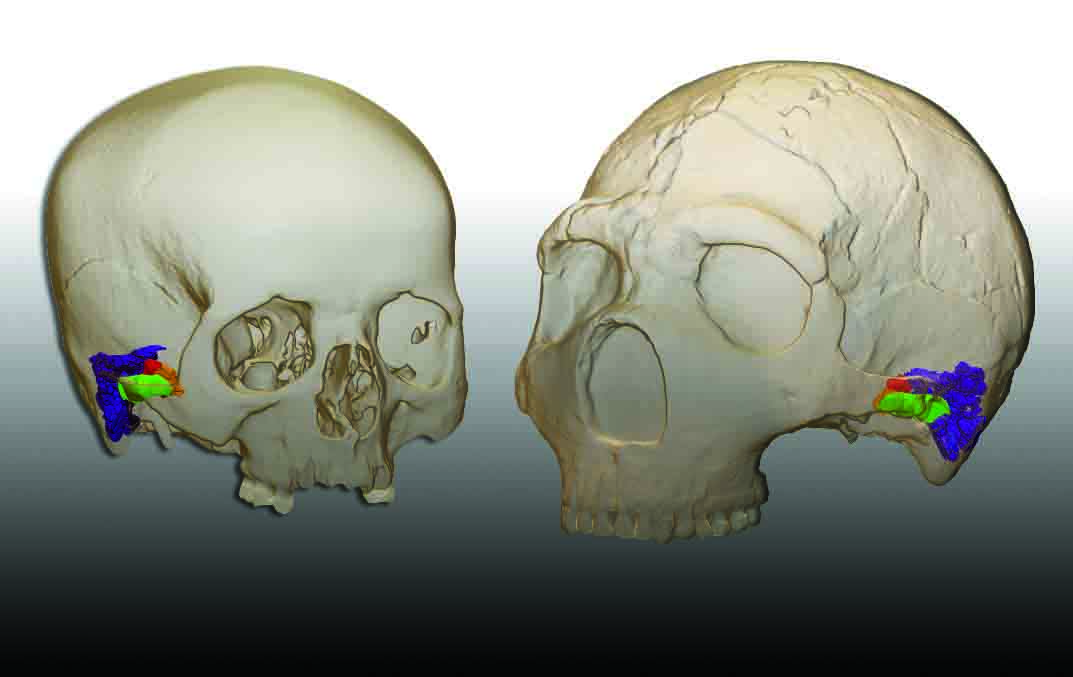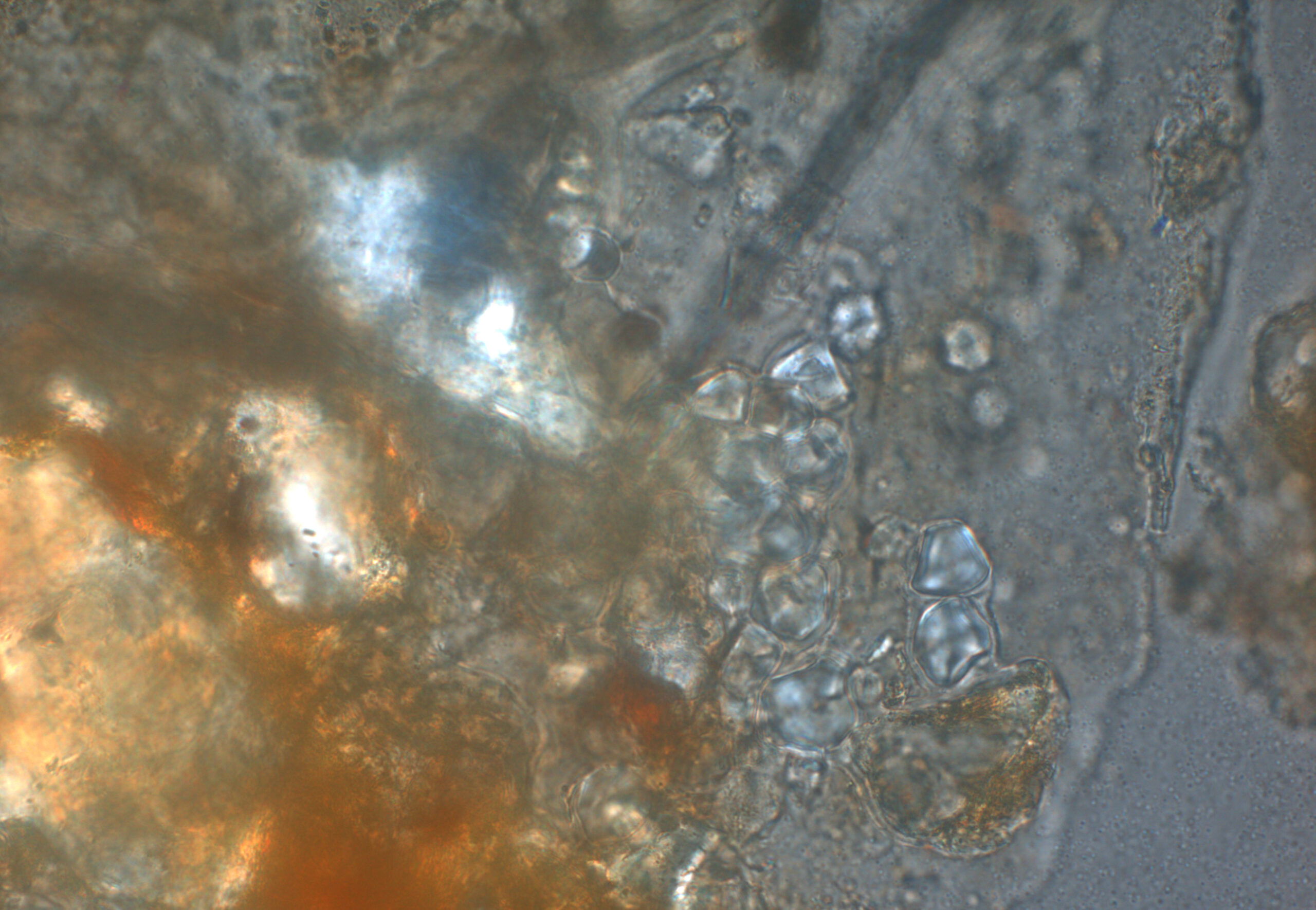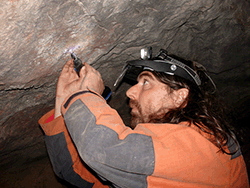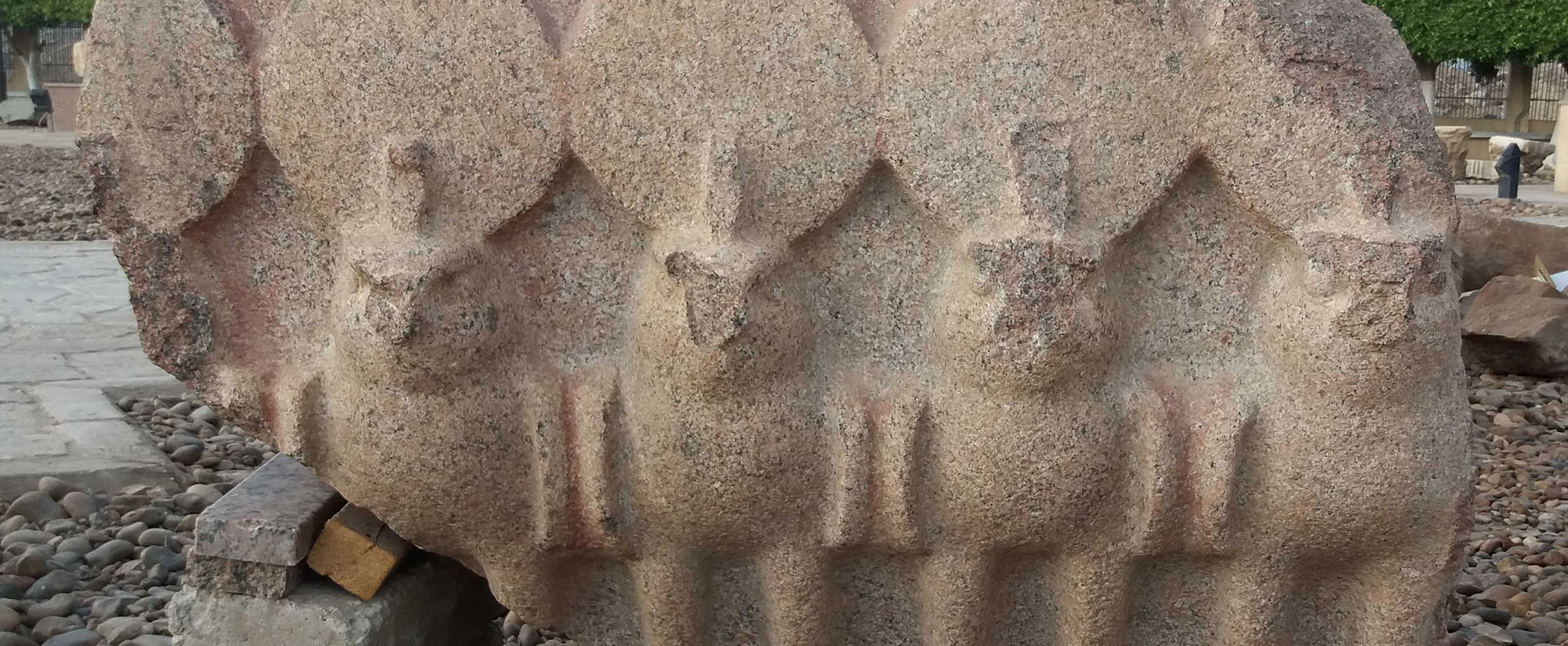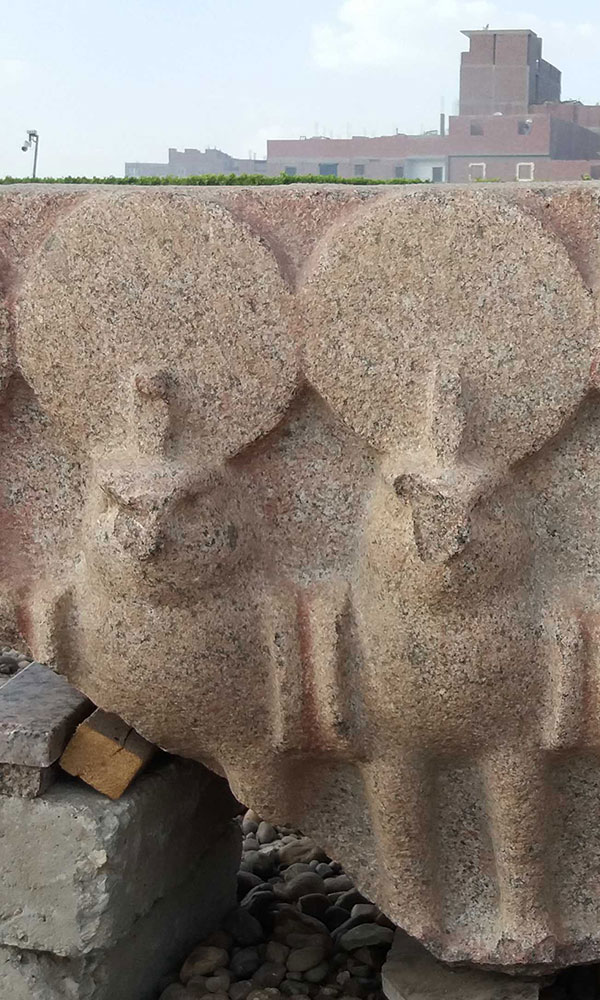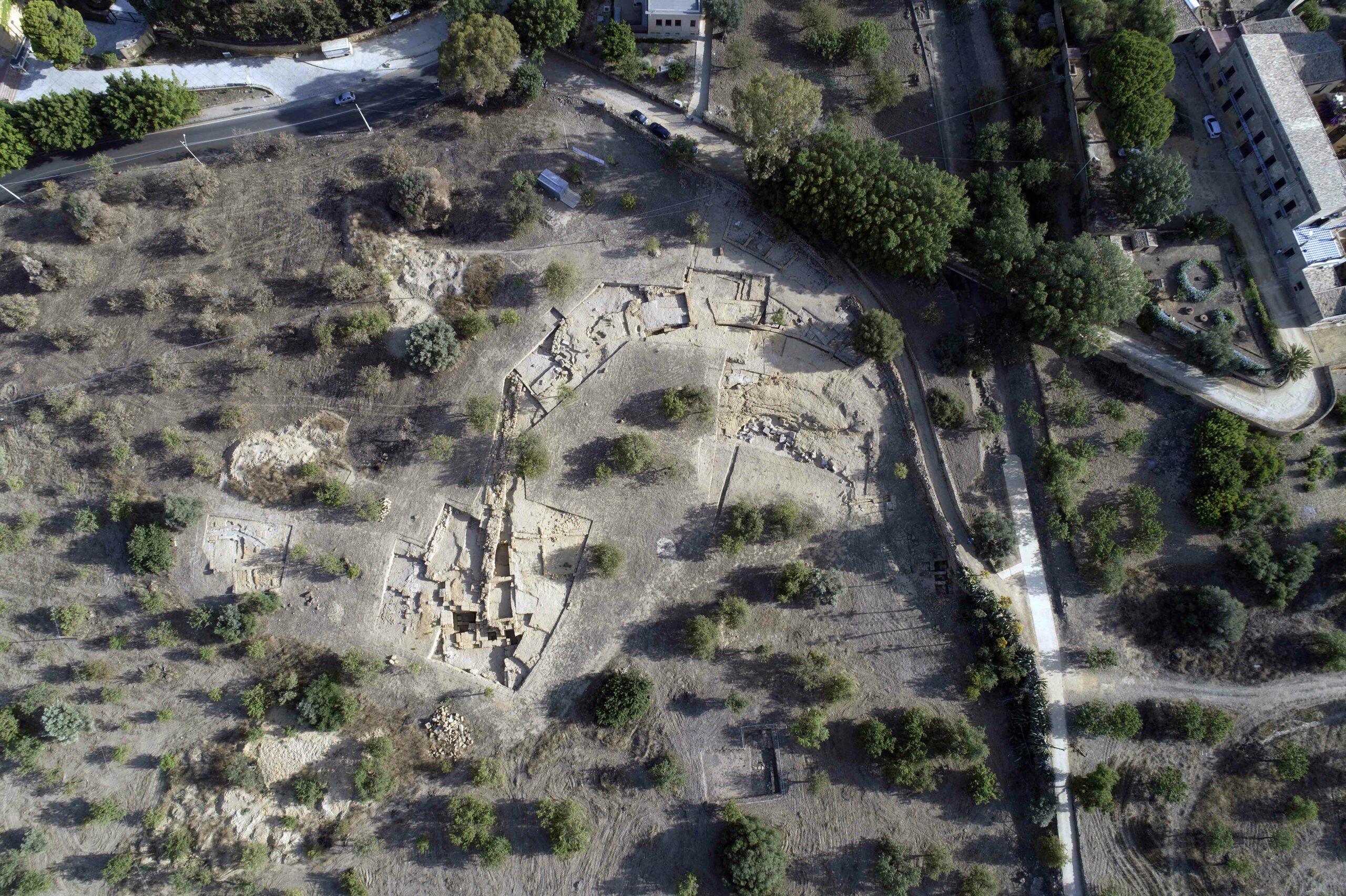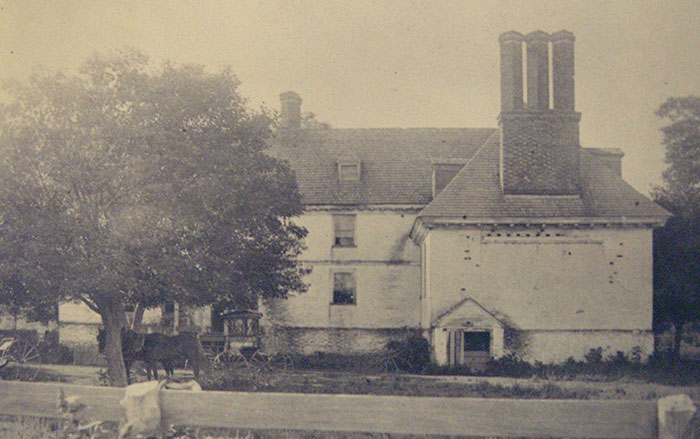
TENERIFE, SPAIN—Cosmos reports that Lucia Leierer of the University of La Laguna and her colleagues analyzed 11 hearths at El Salt, a Middle Paleolithic site located on Spain’s southeastern coast, and concluded that the Neanderthals who camped there were probably infrequent visitors. The researchers found that the hearths did not appear to have been raked out regularly, as they would have been if they had been used frequently, and they lacked burned refuse, food residues, and bone, which are usually recovered from heavily used hearths. In fact, the analysis suggests plant life was able to grow in the burned areas and herbivores were able to graze there between fires. And charred pine cones, which do not grow locally, indicate the Neanderthals may have brought their own fuel with them when they visited. For more on Neanderthals in Spain, go to “Neanderthal Medicine Chest.”


